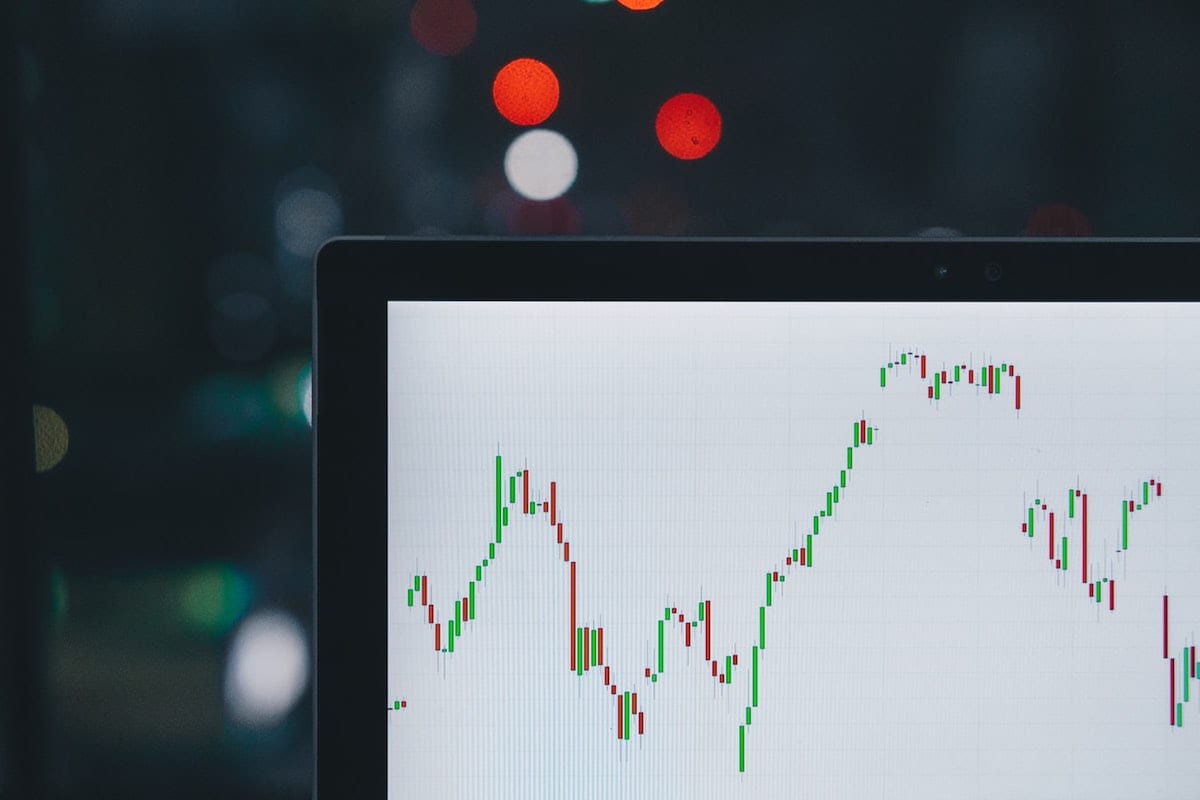Getting into data analytics is one of the best careers moves you can make in 2019. We live in a world practically flooded by numbers representing consumer preferences in movies, food, books, and music, whether a person is likely to buy product B if they bought product A, and what the relationships between geography and political preferences are. We need analysts in order to wade through this ocean of information and determine what the data say, whether they’re accurate, and how they can be used to drive business decisions.
And there’s no indication that the growth in big data will slow down in the coming years. Whole industries like real estate and healthcare are on the brink of their own data revolutions, as entrepreneurs figure out how to digitize and work with decades of existing records.
If you’re wanting to get into data analysis, it’ll help to get clear on just what the field entails and what the common tools of the trade are.
What Is Data Analysis?

The term ‘data analyst’ refers to a broad range of activities which vary by industry, project, and client. The kind of analyst work done for a social media company will likely involve A/B testing which banner of a website gets more conversions, while the work done for a biomedical company will focus around tasks like determining whether the health improvements of patients taking a new drug are statistically significant.
But even these two examples point to a common theme. By and large, data analysts are applying the tools of statistics and probability to domain-specific problems.
Data analysts aren’t exactly the same as statisticians, as they often don’t have the same depth of theoretical knowledge. They’re not the same as data scientists because the latter are more likely to be building machine learning models.
Data analysts are usually responsible for ingesting data, visualizing them, performing statistical analysis on them, and communicating the results.
What Tools Do I Need for Data Analysis? The Top 5

There are many, many tools for doing data analysis. But here are our picks for the top five best tools for the field.
- Excel
For a long time, the biggest analytics tool with any widespread use was Excel. It’s still very much worth learning how to use Excel, as it has a surprising amount of functionality and power, and many businesses use it exclusively.
- Pandas
More sophisticated companies are increasingly turning to frameworks that can do things Excel simply can’t. The one with which I have the most experience is Pandas. Pandas is a Python-based data platform able to do extensive data transformation, visualization, and analysis. It is rapidly becoming an industry standard.
- R
R is a full-fledged programming language popular in academia, but it has industry reach as well. It’s built from the ground-up for statistical analysis, so it’s a great language to learn.
- KNIME
KNIME is an open-source toolkit which facilitates building drag-and-drop workflows for every part of the analysis pipeline, including the creation of machine learning models. Most analysts aren’t doing this routinely, but it never hurts to have that ability.
- SAS
SAS is an environment and language that makes ingesting, processing, and analyzing data much easier. It’s fairly old and has many specialized modules for tasks like social media marketing.
About us: Career Karma is a platform designed to help job seekers find, research, and connect with job training programs to advance their careers. Learn about the CK publication.



